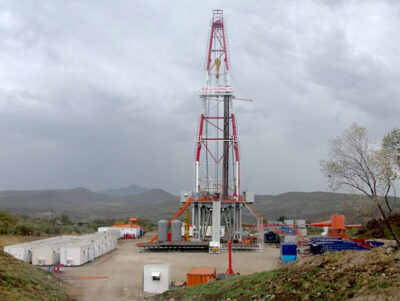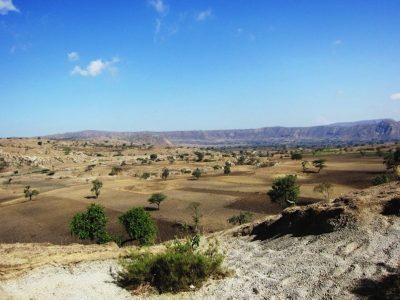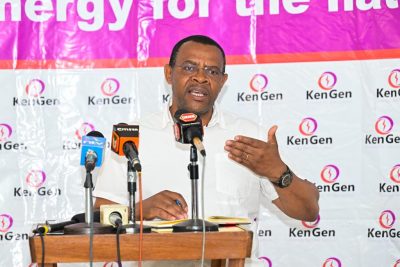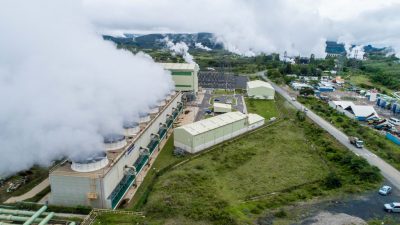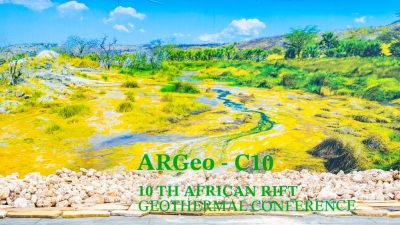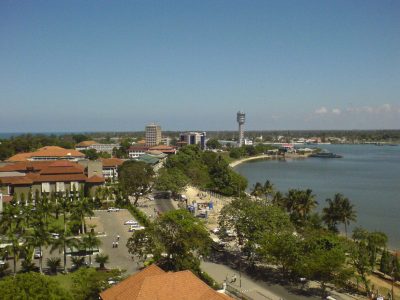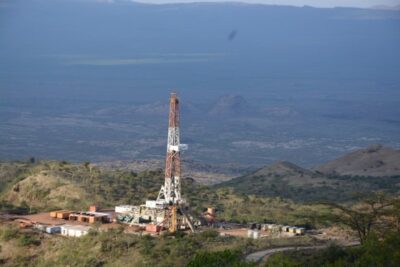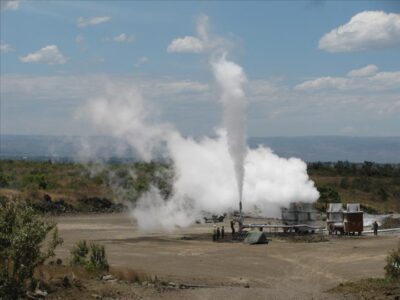GDC to try to cut drilling cost per well from $6.5 to$3.5m in Kenya
Kenyan Geothermal Development Company (GDC) is commencing a new drilling programme that is to help bring down geothermal drilling cost from $6.5m to $3.5m per well.
A recent article from Kenya talks about the Chinese activities in Kenya, looking at the Chinese company Great Wall Company, that has done most of the drilling since 2005 in the country.
With partly financing of $50m by Exim Bank of China the company is working on contract worth to drill 26 wells. The opinions – so the article – are divided if the monopolistic position by the Chinese is actually health in terms of cost and transparency.
Currently with a cost of $6.5 million per well, the question is if this is a good deal from the Chinese.
Whether or not this cost is high will be revealed only when the state-owned Geothermal Development Corporation (GDC) commences a new and aggressive drilling programme set to start next month, using two rigs it acquired recently.
In a conversation with the EastAfrican, the CEO of GDC, Silas Simiyu, said the company estimates to bring the cost of drilling a well down to $3.5 million.
“ We have to bring the cost of drilling down for the country to start enjoying cheaper power,” he said.
Whether the GDC can deliver the competitive price will be seen only when it starts drilling the first well using its own drill in March next year.
Three factors drive geothermal drilling costs high. First, is what the policy wonks call “upfront country risks”. International geothermal drilling companies build in the costs associated with lack of engineering infrastructure in Africa to maintain drilling plants.
“As a drilling company, the fear is that you may be forced to transport machines abroad for repair,” says an engineer working with Great Wall company in the Olkaria fields.
Which is why, before they come to Kenya, the international players first assess avaliability and quality of services such as workshops, fabrication and the supporting technology. This adds to the cost of drilling because it is all built into the price they charge the country.
International drilling companies also charge resource and development risk — namely, the possibility of hitting corrossive geothermal fluids. Geothermal engineers say that despite the fact that drilling in Kenya has not experienced corosive geothermal fluids, drilling prices have not reflected this reality.
The third factor is the large expatriate component of the workforce.
For example, the Chinese have been operating with a crew of about 250 workers — the majority of them expatriates — who have to return to China every now and then for holidays, in the process incurring heavy travel costs.
Dr Simiyu, himself a geophycist, with more than 20 years experience in geothermal exploration, expressed confidence that GDC will be going into geothermal drilling with major advantages over the Chinese companies.
Already, the state-owned firm has acquired two rigs at an estimated cost of $25 million, which are already on location in Menengai, 10km from Nakuru town and 170km from Nairobi.
Procurement of five more rigs is in the pipeline. According to Dr Simiyu, the plan is that GDC will have a total of seven rigs by the end of next year.
Kenya has identified geothermal energy as its most economical generation option, compared with coal and nuclear energy.
Currently, it is estimated that the annual fixed cost of generating nuclear power in Kenya is around 0.0759 US cents per kilowatt hour, compared with 0.0708 for geothermal.
The nuclear option is rendered more unattractive by political and environmental concerns for safety, security and safeguards.
Although the fuel is avaliable, enrichment, waste disposal and high decommissioning costs are major concerns.
From a purely cost standpoint, coal at 0.407 US cents per kilowat hour, offers the cheapest option for Kenya. But the coal generation method is perceived to make a larger contribution to air pollution than other fossil fuels combined.
Currently, there is a total of 202 MW installed geothermal generating capacity in Kenya — 150MW by the state-controlled company, KenGen, 52MW by independent power producers OrPower, and 4MW by flower exporting farm Oserian, which uses geothermal energy to heat 50 hectares of green houses at its expansive flower farms in Naivasha.
Geothermal activities in Kenya are concentrated in the East African Rift Valley.
Over 14 geothermal prospecting sites have ben identified. Studies carried out in these sites indicate that a potential of between 7,000 MW and 10,000 MW exist.
The current effective installed capacity during normal hydrologyn is about 1,428 MW against a peak demand of about 1,200 MW.
This leaves a reserve margin of about 20 per cent. However, during low hydrology, the peak demand outsripts the available capacity, resulting in serious power shortages.
In such cases, the government resorts to diesel driven emergency power generators, with resultant increases in electricity tariffs.”
Source: The East African







